In this month’s regular column from CEJA (European Council of Young Farmers), President, Matteo Bartolini looks at implementation plans for the CAP.
MF: As the summer break draws closer, so does the deadline for European Union (EU) Member States to submit their implementation plans for the Common Agricultural Policy (CAP) to the European Commission. What is the likely impact?
MB: The new CAP, as we have previously discussed in this column, focuses on flexibility for all – for the Member State, the region, and the farmer. This means it is quite difficult at the moment to get a clear view of the impact of the new CAP. We know the options which are available to Member States and farmers but we do not know which ones will be chosen and how they will be implemented.
MF: Is this cause for concern?
MB: It causes CEJA concern for the implementation of the young farmers’ measures, in case Member States attempt to minimise the impact of these measures instead of maximise it. This creates an unfair playing field for young farmers across the EU, depending on their own Member State’s attitude towards support for young people in farming and their subsequent CAP implementation.
MF: So where are we now?
MB: In last month’s Council meeting, all Ministers were asked to brief the Council and Commission on their plans for implementation – particularly on important budgetary subjects which come under the Direct Payments (income support) dossier. These include the possibility to transfer funds between their Direct Payments and Rural Development budgets, their levels of coupled aid, their active farmer requirements, use of capping and redistributive measures. Added to this is their calculation method and hectare limit for the young farmer top-up (Member States have the option to choose from four different calculation methods).
MF: What is CEJA’s position?
MB: CEJA calls on all Member States to choose the calculation option which is most appropriate for their farming sectors, based on the maximum 90ha, in order to maximise the payment for young farmers wherever possible. As you can tell, because of the calculation method for the top-up of direct payments for young farmers, depending on which Member State you are in, the levels of aid you should receive might vary significantly. However, every single eligible young farmer in the first five years of their business will receive an additional payment – so that is great news.
MF: What are the next steps?
MB: It is essential that farmers have information about the support they will be receiving as soon as possible, in order that they can plan their investments as early as possible. This will give them the perspective they need to make the right decisions for the future of their farm. Long-term prospects are difficult enough for farmers, considering price fluctuations and market uncertainty, as well as unpredictable factors such as weather, pests and disease. Unfortunately, few Member States were able to give a particularly detailed overview of their CAP implementation plans during last month’s Council meeting. This was partly because the meeting was focused on a very divisive issue, namely the future of the dairy sector which we discussed in last month’s column. Although some Member States have published their plans, including UK and France, the others are left to wait until 1 August 2014 (at the very earliest) to know what their payments will be at the beginning of 2015. In the meantime, CEJA has been trying
to collate as much information as possible and informing our young farmers across Europe so they can at least have an idea of what support they can expect.
If you would like If you would like to get in touch with Matteo Bartolini or CEJA, email allusers@ceja.eu
Go to: Massey Ferguson Global Facebook page
Go to: CEJA Young Farmers Facebook page










































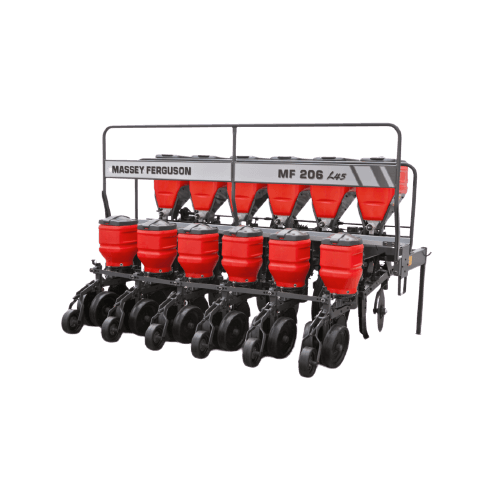

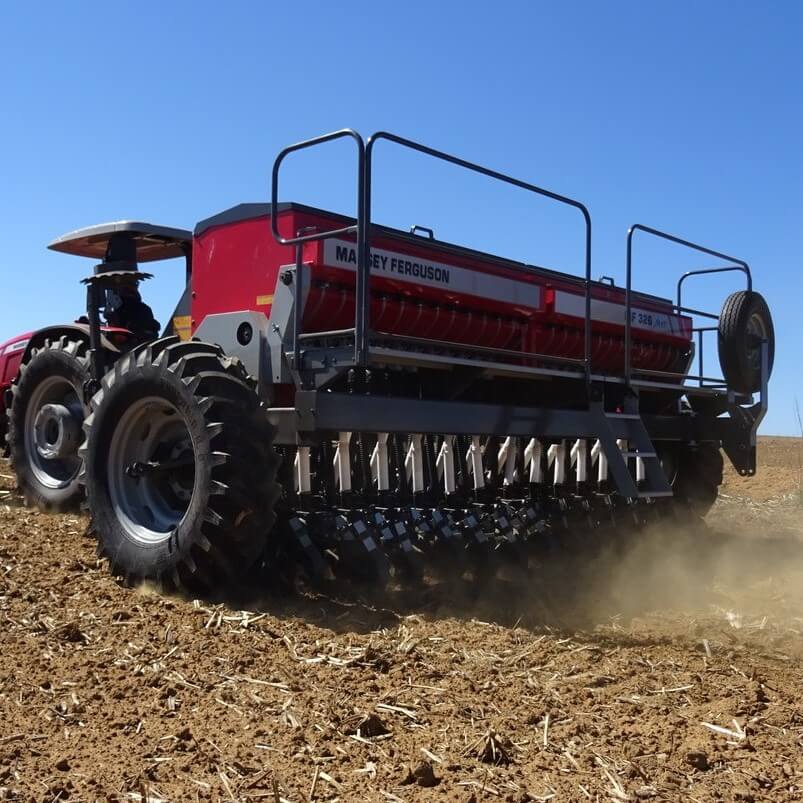
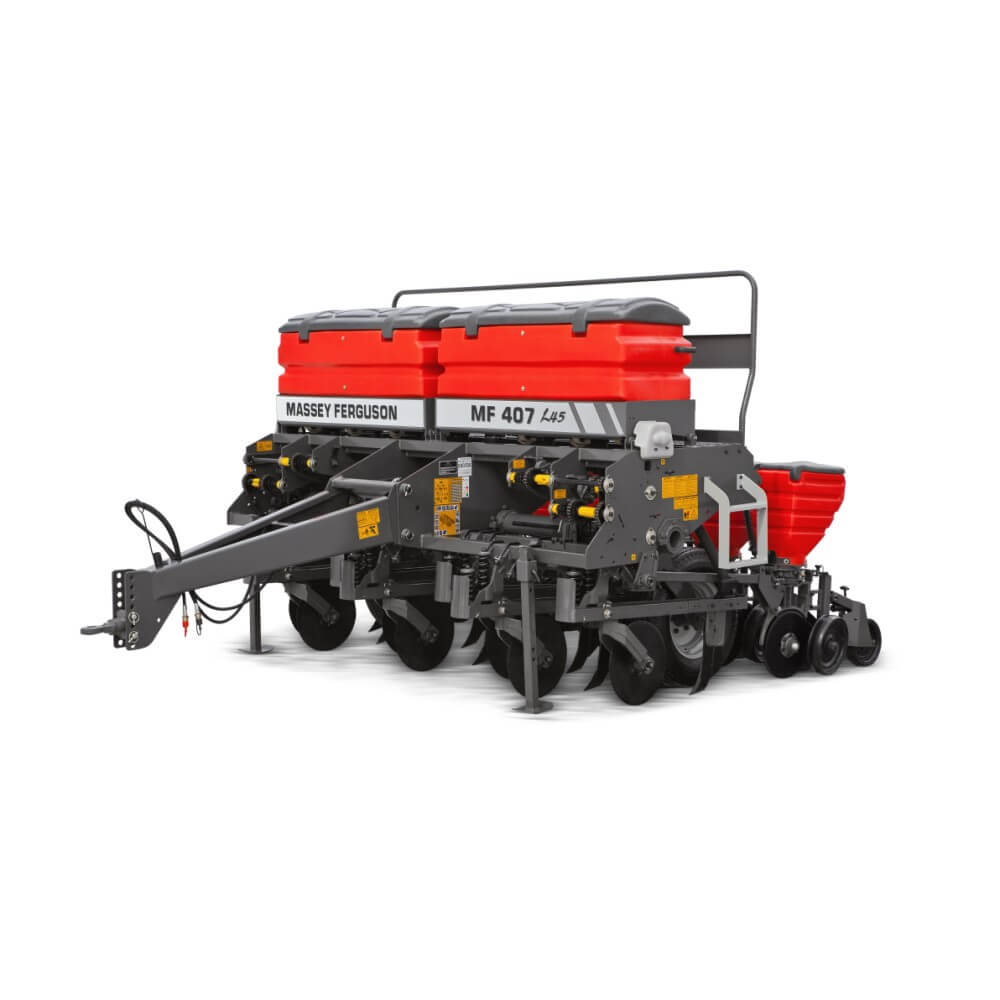
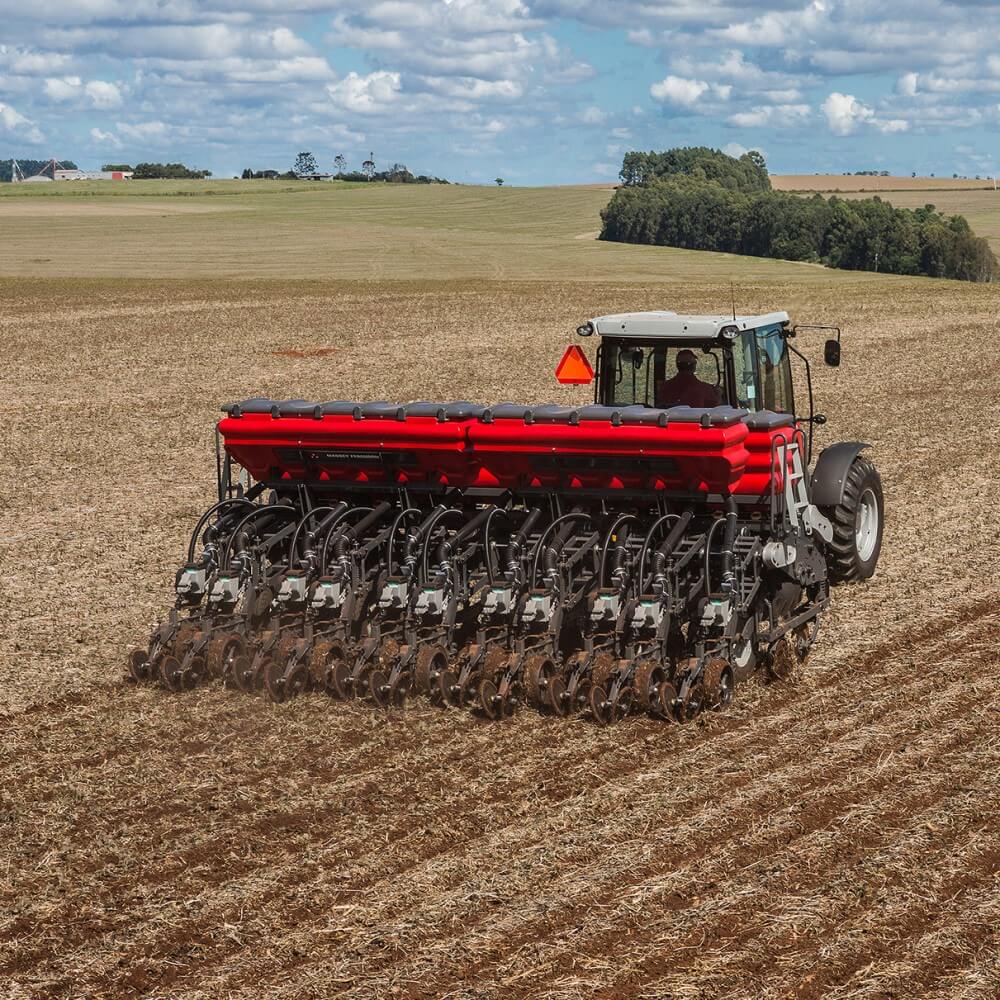
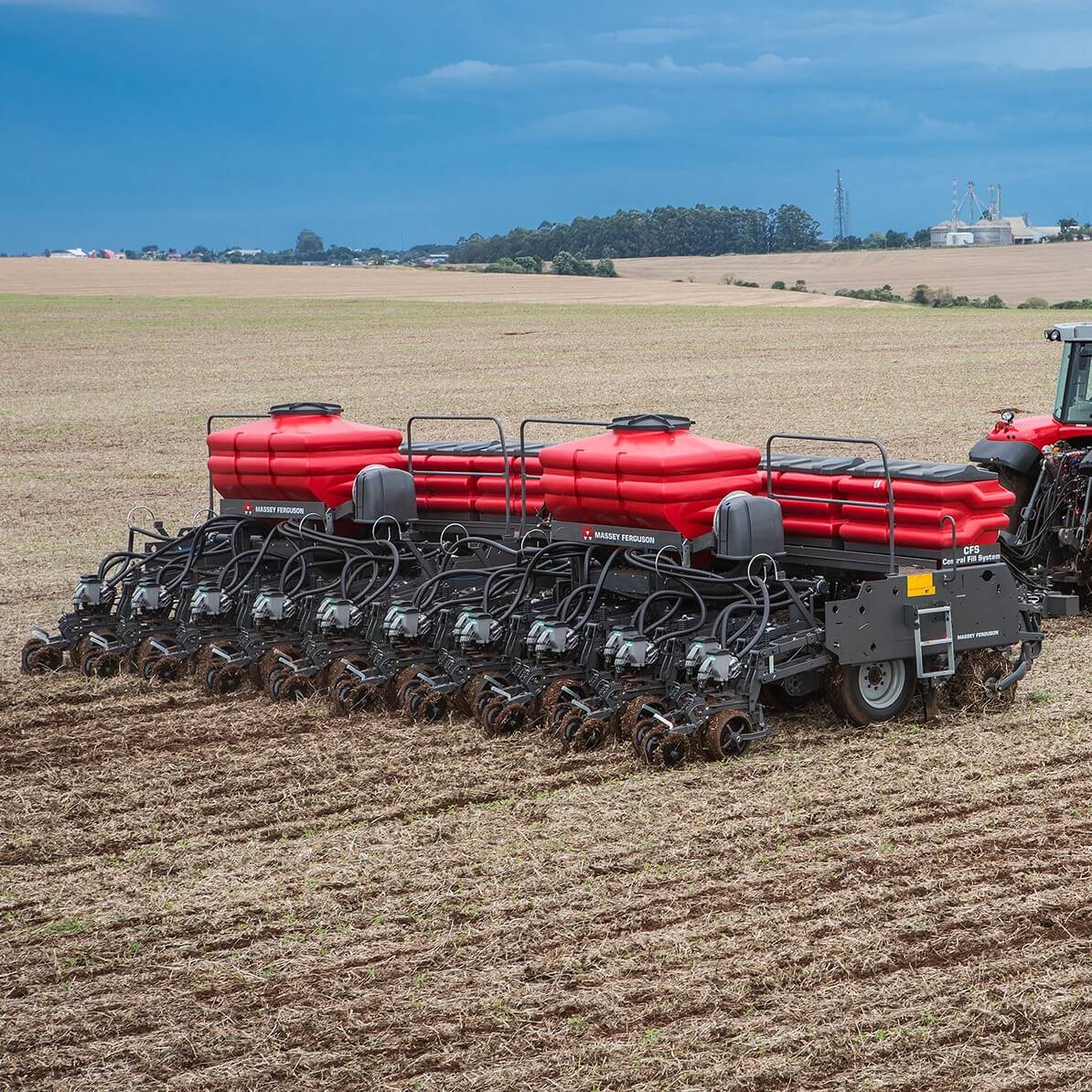
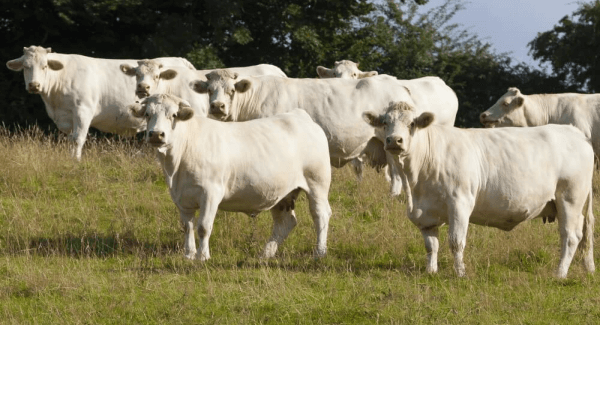



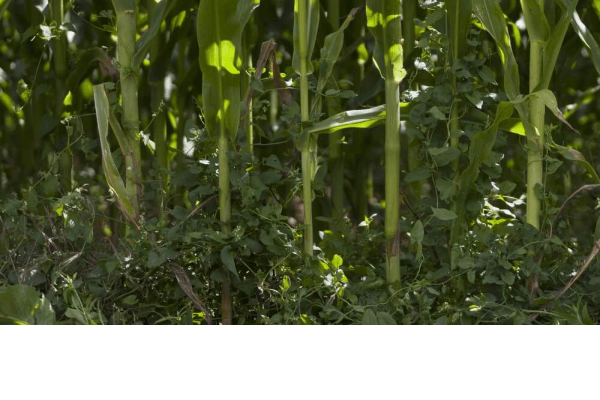
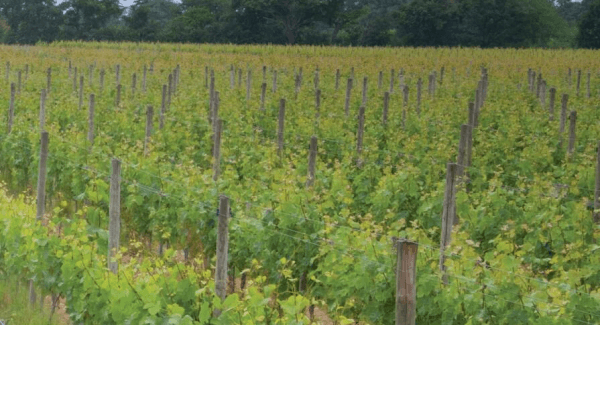
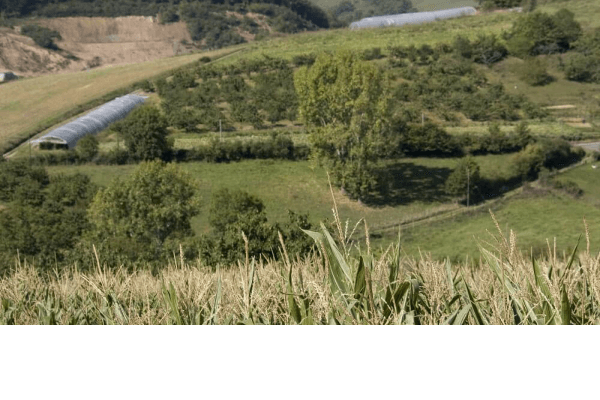

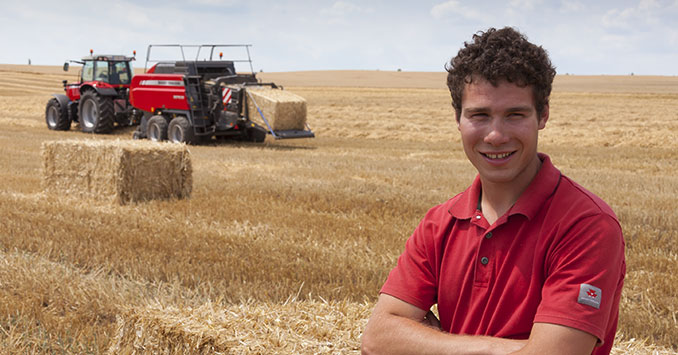

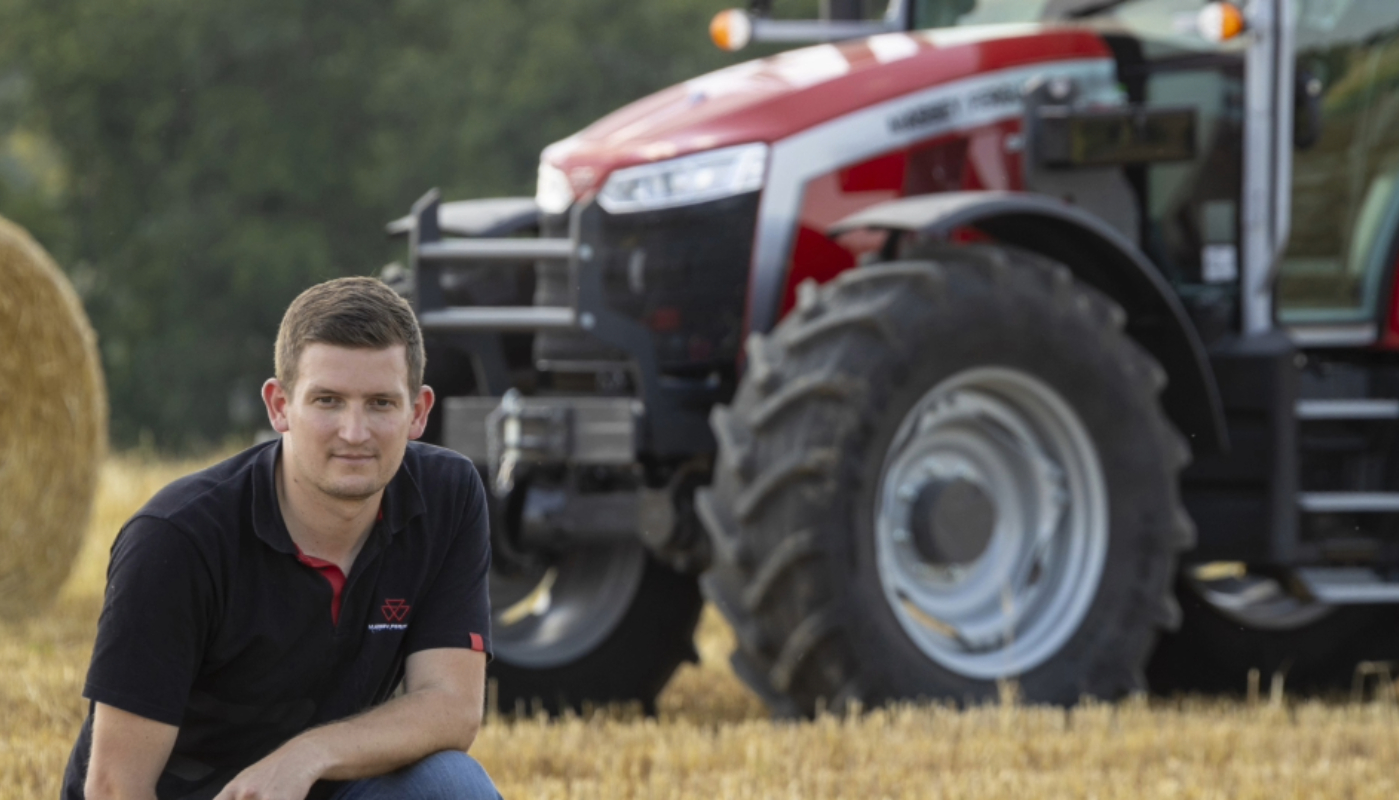
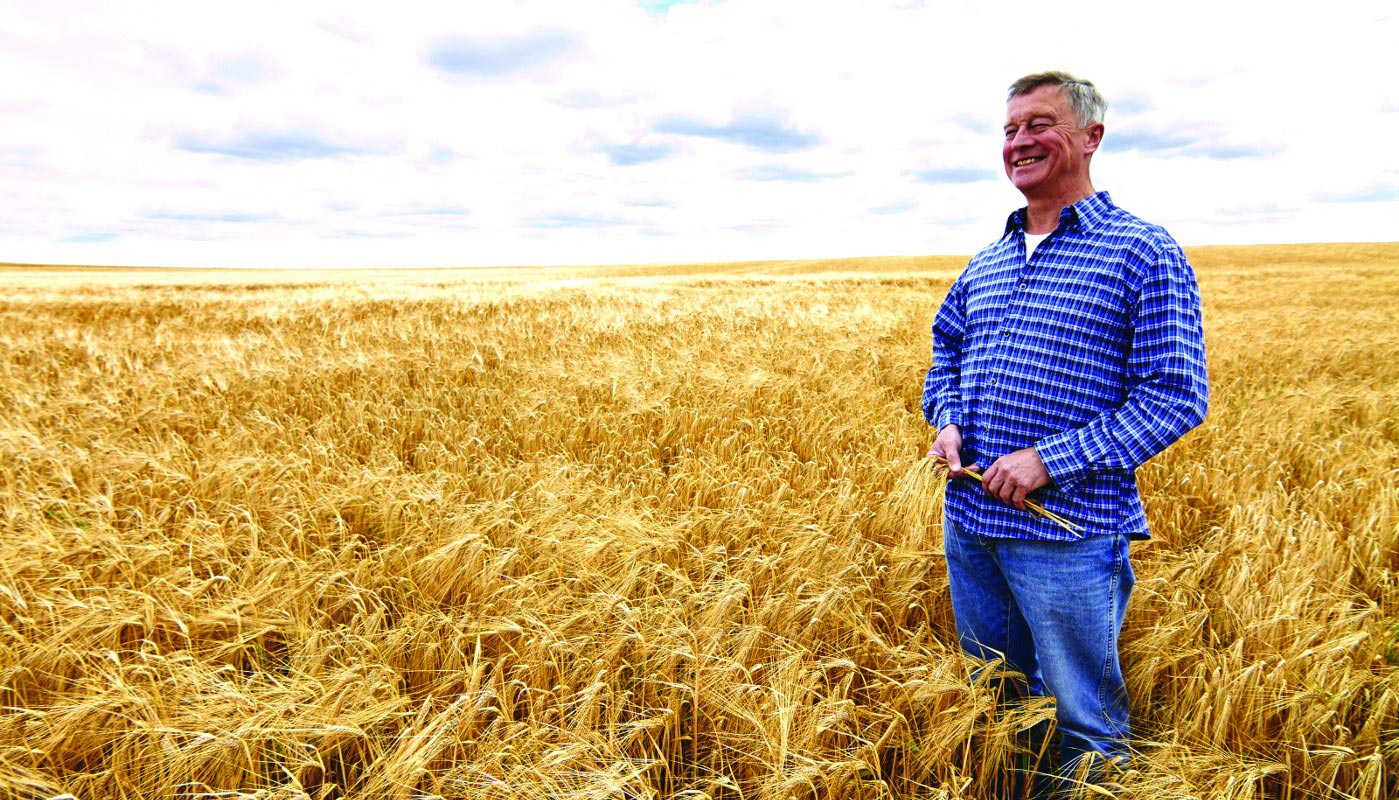
Share